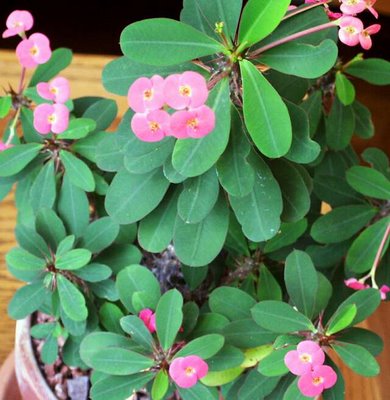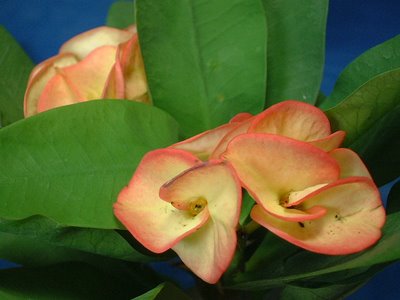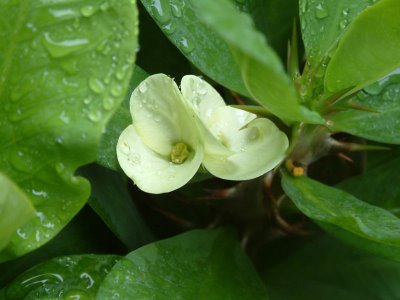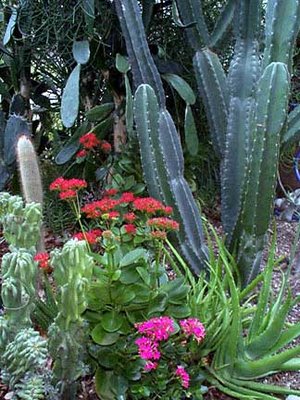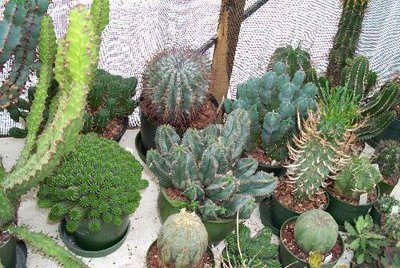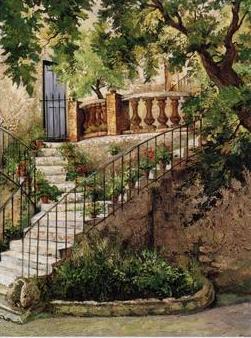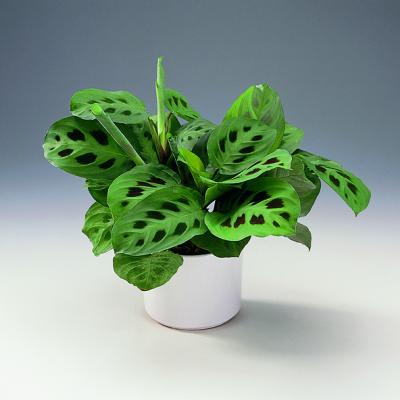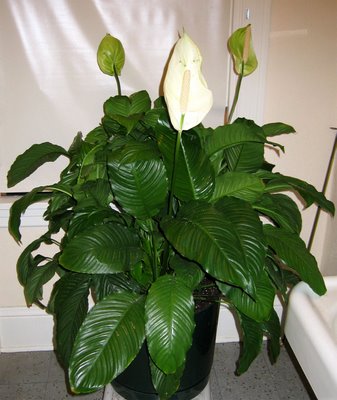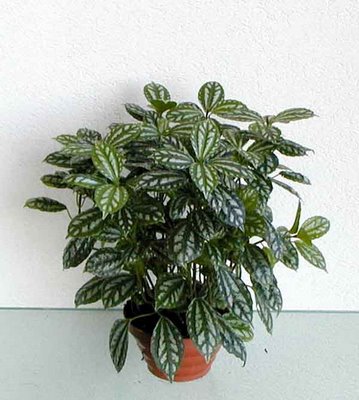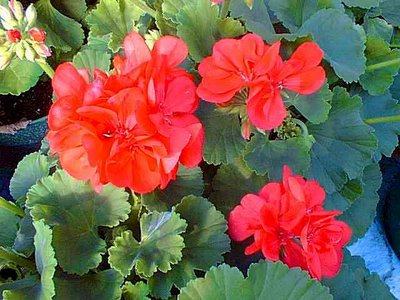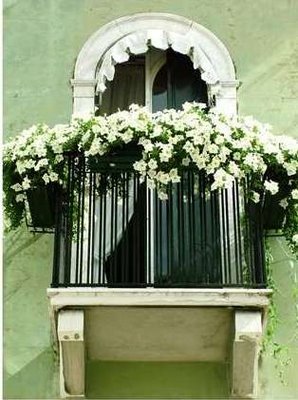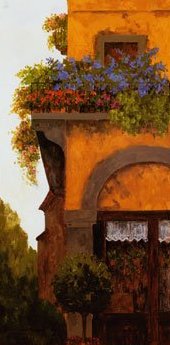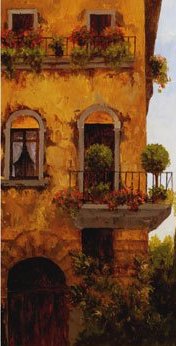Schlumbergera (Christmas Cactus)

Christmas Cactus is the most popular cactus of all and the one most commonly grown, in spite of the fact that many people do not consider it to be a true cactus at all. But it is a cactus, a jungle type, needign more warmth and moisture than the desert cacti.

The Christmas cactus, Schlumbergera bridgesii, is an epiphytic plant native to a small region in the Organ Mountains north of Rio de Janeiro, Brazil in South America. Schlumbergera bridgesii grows at mountain altitudes in excess of 5000 feet in cool, dry wooded areas. Under natural conditions, Schlumbergera bridgesii will flower in December, thus the common name Christmas cactus.

The many segments, joined end to end, are true stems (there are no leaves) and the whole plant forms a dense branched bush.
Unscented flowers of an unusual shape and about 3cm across, are freely produced in winter at the end of segments; the typical colour is carmine but varieties exist with flowers of various shapes of red, pink or even white.

Use a rich potting mixture with added peat or leaf mould, and water the plant freely when in bud and flower, feeding every two weeks at this time. Reduce the water somewhat after flowering. Propagation from segments is easy.
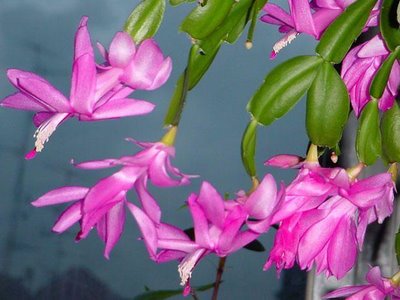
Care should be taken when handling the plants as the buds drop easily if the plant is moved.

A related species, Schlumbergera truncata, from the same region blooms a month earlier and is commonly known as Thanksgiving cactus. Both plants grow vegetatively by producing flat, leaf-like stem segments connected at the mid-veins. The two species are similar except Schlumbergera truncata has 2-4 saw-toothed serrates along the leaf/stem margins, cylindrical ovaries, and yellow anthers while Schlumbergera bridgesii has dentate margins, 4-5 angled ovaries, and purple anthers.





